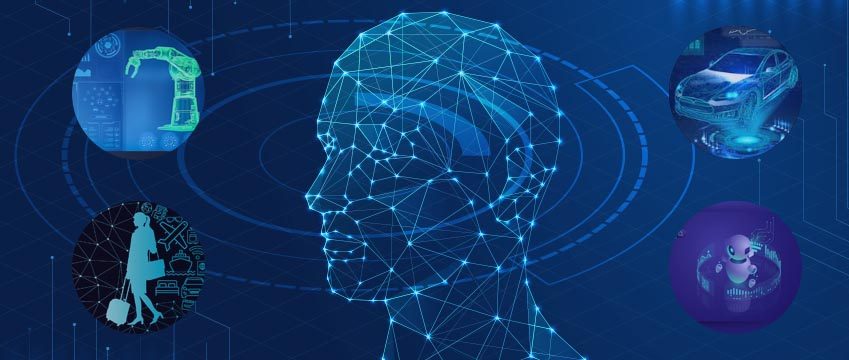Nowadays, individuals own an increasing number of devices—such as fitness trackers and smartphones that continuously generate valuable data. At the same time, organizations like banks, hospitals, and enterprises produce vast amounts of sensitive information. However, due to strict privacy regulations, this data cannot be openly shared for centralized processing. In such scenarios, federated learning offers a transformative solution: it enables machine learning models to be trained directly on-device or within institutional boundaries, without transferring raw data. This approach preserves privacy while unlocking powerful, collaborative AI capabilities. As a result, data from diverse sources both personal and institutional can be securely leveraged to extract insights and drive smarter decisions. Below are 10 compelling real-world applications where federated learning is making a significant impact.
- Telecommunications
The federated model enables telecommunication firms to study patterns of their clients, enhance network performance, and make accurate tele-service projections for their distributed systems. This fosters efficient network systems while safeguarding customer information. In the same context, mobile operators stand to enhance calling services from user data sourced from spatially dispersed systems.
- Autonomous Vehicles
Self-driving cars and connected vehicles utilize federated learning to collaborate vehicles enhance navigation, obstacle identification, and safety measures. This eliminates the need to consolidate personal driving information. Drivers of self-driven automobiles and fleet operators utilize federated learning to enhance safety, navigation, and object detection with the aid of local sensor data consisting of cameras, LIDAR, and object detection.
- Finance
Banks and fintech companies use federated learning for detecting fraud, credit scoring, and modeling credit risk. One example is the training of a multi-bank fraud detection model to recognise suspicious transactions while safeguarding user information.
- Smart Devices & IoT
Smartphones, as well as other wearable devices, use federated learning to enhance voice recognition, keyboard prediction, and health tracking functions. An instance is the Gboard keyboard from Google, which leverages federated learning to upgrade its autocorrect as well as next-word prediction features grounded on users’ typing patterns.
- Cybersecurity
Federated learning is employed in factories for process optimization, predictive maintenance, and even defect detection. Federated learning enables multiple organizations to collaboratively train intrusion detection models using local network logs. This approach enhances threat detection accuracy while preserving sensitive data and complying with privacy regulations.
- Manufacturing
Factories use federated learning for predictive maintenance, defect detection, and process optimization. For instance, multiple production lines can train a model to predict equipment failure using local sensor data, reducing downtime.
- Energy & Utilities
Energy companies and power grids use advanced techniques to forecast demand and anticipate failures in the system by learning from distributed sensor data across substations and smart meters. Use Case includes a national utility company uses federated learning to predict peak electricity usage across cities, helping balance load distribution without accessing individual household data.
- Retail & E-commerce
Retailers customize product recommendations cross-sell and up-sell suggestions and basket-level cross-product purchase analytics across different store locations without sharing any stepwise item-level purchase data of shoppers. A classic use case is a global fashion retailer who wants to suggest outfit combinations based on current trends of different geographies. The retailer can now use the federated approach, enabling training of the model across all the stores in the regions while protecting shopper and purchase data.
- Content Platforms
With less risk to user privacy, platforms can better personalize user feeds and automatically moderate content by learning locally from user interactions. Use Case: A video streaming app enhances its recommendation system by locally training on user watch histories stored on devices, ensuring tailored recommendations while refraining from uploading any viewing data to the cloud.
- Aviation
Carriers and aircraft manufacturers develop models from flight execution and servicing records over different fleets in an attempt to improve safety and cut downtime, with the added benefit of keeping proprietary data private. A use case is offered by the federated model training from different airlines that enables the prediction of an engine’s wear and tear based on flight conditions, which aids in the scheduling of proactive maintenance without the need to share sensitive operational data.
Conclusion:
Federated learning protects privacy while facilitating cooperative model training across dispersed data sources. It lowers the risks associated with data transfers, conforms with data protection laws, and enables businesses to leverage insights without jeopardizing user privacy.






